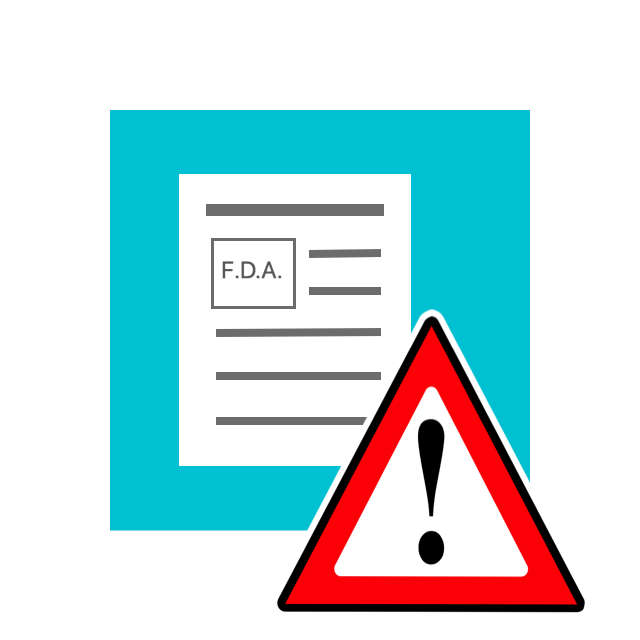Infants fed with a combination of different feeding methods were at higher risk of developing food allergies.
READ ARTICLE HIDE ARTICLE
ATLANTA, GA – Although breastfeeding is recommended for 6 months, very few studies have looked at how mothers choose to feed their infant and if it can make a difference in their overall health. Whether a mother chooses to breastfeed directly, pump breast milk and feed, formula feed or use a combination of these methods might make a difference in whether a child will develop allergies later in life.
Research presented at the American Academy of Allergy, Asthma & Immunology (AAAAI) 2017 Annual Meeting suggests that going between breastfeeding, pumping milk and formula feeding within the first 6 months of an infant’s life could result in more food allergy symptoms.
“Our findings are in conflict with the studies that suggest early exposure to multiple allergens in the initial stages of life could prevent food sensitization. In this prospective birth cohort, it appears that multiple sources of allergens due to a mixed feeding pattern may pose a higher risk for food allergy. It is possible that too much exposure to a variety of antigens is a risk factor for food allergy,” says Joacy Mathias, a Doctoral Graduate Assistant from the University of Memphis and lead author.
Mothers were surveyed about their feeding practices for the first 12 months of their child’s life and then a follow up survey was conducted when the child turned 6 years-old. Information pertaining the feeding practices were collected on a monthly interval basis for the first year of the child’s life, whereas the food allergy related information was collected at four time points at 4, 9, 12 months and 6 years.
They found that children who were fed through a combination of feeding patterns had a higher chance of developing food allergy symptoms than children who were consistently fed through direct breastfeeding.
Although mixed methods of feeding had an effect on whether or not the infant had food allergy symptoms, children who were fed through various methods did not tend to have more clinically diagnosed food allergies. An explanation could be that only 18-37% of children who showed food allergy symptoms were taken to a doctor.
The study also confirmed yet again that children with a mother or father with food allergies has a higher chance of developing them, with paternal food allergy posing a significantly higher risk.
Learn more about
how to prevent allergies and asthma in children
or find information about
food allergies
at
aaaai.org
. Research presented at the
AAAAI Annual Meeting
is published
in an online supplement to The Journal of Allergy and Clinical Immunology
.
The American Academy of Allergy, Asthma & Immunology (AAAAI) represents allergists, asthma specialists, clinical immunologists, allied health professionals and others with a special interest in the research and treatment of allergic and immunologic diseases. Established in 1943, the AAAAI has more than 6,900 members in the United States, Canada and 72 other countries. The
AAAAI’s Find an Allergist/Immunologist
service is a trusted resource to help you find a specialist.
Editor's notes:
Additional Information
Food Allergy Symptoms, Diagnosis, Treatment & Management »
Learn More from AAAAI





